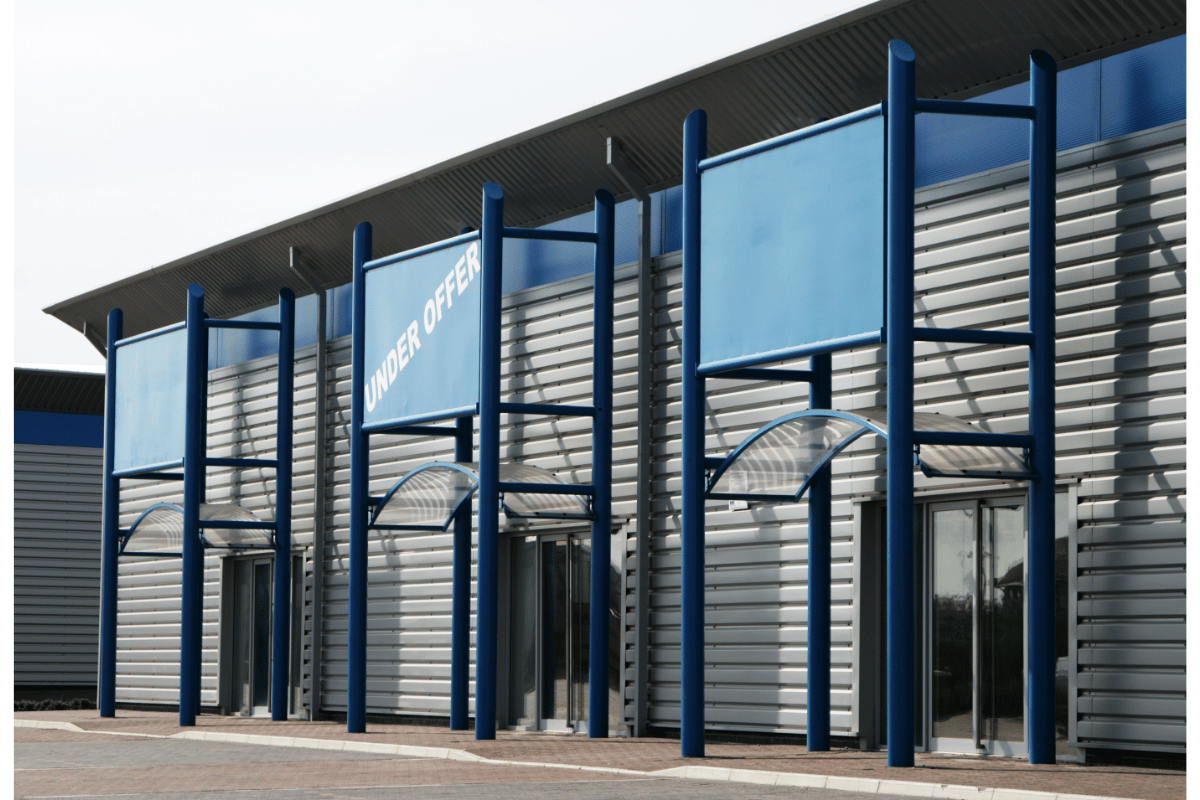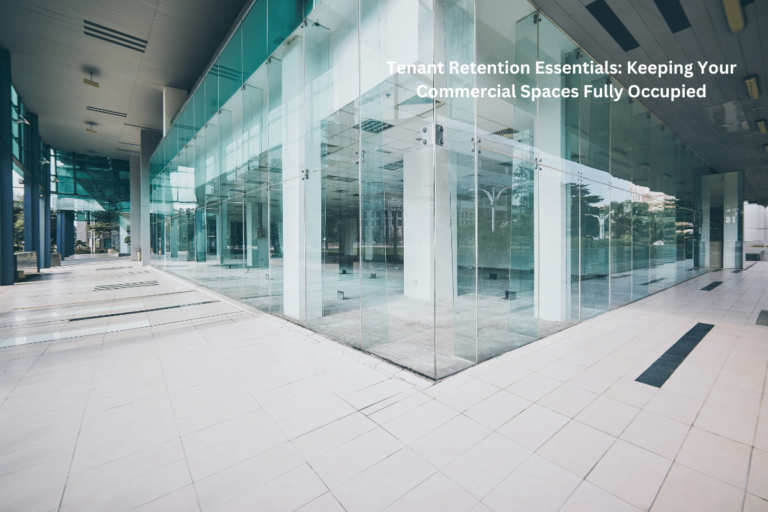Maximizing ROI with Smart Commercial Property Investments
Investing in commercial property is an exciting opportunity, but it comes with challenges. If you’re a property owner or investor, your focus is likely on getting the most out of your investment. That means going beyond just collecting rent and looking for ways to increase the property’s value, attract quality tenants, and reduce long-term costs. The good news? With a few smart strategies, you can improve your property’s profitability and build long-term success.
Let’s look into how prioritizing maintenance, energy upgrades, tenant relations, and strategic planning can help you get the best returns on your commercial property.
Energy Efficiency as a Profit Driver
Tenants today are increasingly looking for spaces that help reduce utility costs. Commercial properties that incorporate energy-efficient features not only attract more tenants but also help lower your building’s running costs.
Installing solar panels, for instance, can reduce electricity bills while also qualifying for tax credits in many areas. Improving insulation, upgrading windows, and switching to smart energy systems can further reduce energy waste. These updates don’t just save money—they show that your property aligns with the growing demand for environmentally friendly spaces.
Energy efficiency upgrades also improve tenant retention. Tenants who see savings on their utility bills are more likely to renew their leases.
Prioritizing Maintenance and Upgrades
When it comes to increasing the value of your property, one of the smartest moves you can make is to focus on maintenance and upgrades. A well-maintained building not only keeps tenants happy but also avoids costly repairs down the road. Strategic upgrades also play a key role in improving the appeal of your property and attracting higher-paying tenants.
For example, investing in commercial roofing maintenance can make a big difference. Regular roof maintenance protects the property from weather damage, improves energy efficiency, and ensures the building remains attractive to tenants who value safety and reliability. Properties with solid maintenance records and updates to key infrastructure are more likely to command premium rents and keep vacancy rates low.
Other upgrades, such as installing modern HVAC systems or energy-efficient lighting, show tenants that you care about providing a comfortable and functional space. These updates can also significantly cut operational costs, adding to your return on investment.
Diversifying Revenue Streams
Another way to boost returns is by exploring additional ways to generate income from your property. Commercial spaces often have untapped potential for mixed-use purposes. For example, adding co-working spaces, parking garages, or retail shops can increase cash flow while appealing to a broader audience.
Short-term rentals or flexible leasing options are another avenue. Not every tenant is ready to commit to a long-term lease, but they may be willing to pay a premium for flexibility. This approach can help reduce vacancy rates while diversifying your tenant base.
Leveraging Technology in Property Management
Technology is transforming how commercial properties are managed. From tenant portals that make communication seamless to automation systems that monitor building performance, incorporating tech solutions is a must for staying competitive.
Property management software can help streamline maintenance requests, track expenses, and ensure timely rent collection. But technology doesn’t stop at the office—it can also play a big role in building maintenance. For example, remote monitoring systems for the roof can alert you to potential issues before they escalate into costly repairs.
This proactive approach to management not only saves money but also builds trust with tenants who value responsiveness and efficiency. Investing in tech tools is a great way to reduce administrative headaches while adding value to your property.
The Value of Tenant Relations
Good tenant relationships can make all the difference in maintaining a steady income from your property. Happy tenants are more likely to sign long-term leases, recommend your building to others, and take better care of the space they occupy.
Building strong relationships doesn’t have to be complicated. It starts with open communication and timely responses to concerns. If a tenant reports a problem, addressing it quickly shows that you care about their experience. Regular check-ins and surveys can also help you understand tenant needs and make improvements where necessary.
Property maintenance plays a big role in tenant satisfaction as well. For example, fixing leaks or completing roof repairs before they become major issues shows tenants that you’re committed to keeping the building in good condition. This level of attentiveness can set your property apart from competitors who may not prioritize these details.
Understanding Market Trends
The commercial real estate market is constantly changing. Staying informed about trends can help you make better decisions about how to position your property for success.
For example, there’s a growing demand for flexible workspaces, especially in the wake of shifts toward remote and hybrid work models. Properties that offer adaptable spaces—like meeting rooms or shared offices—are more likely to attract tenants looking for short-term, scalable solutions.
Another trend to watch is the rise of environmentally conscious businesses. Many companies now prioritize renting spaces that align with their sustainability goals. By incorporating green building practices, you can position your property as a top choice for these tenants.
Planning for the Long-Term
Commercial property investments require a long-term strategy. While quick wins like cosmetic updates can have an immediate impact, it’s the thoughtful, big-picture planning that delivers sustainable ROI.
Create a schedule for maintenance and upgrades, and stick to it. This approach helps you avoid expensive surprises and keeps your property looking its best. Consider the lifecycle of major components, like the HVAC systems and plumbing, and plan for replacements when necessary.
Avoid cutting corners on updates that directly impact the property’s functionality. For instance, neglecting the roof to save money upfront can lead to higher repair costs later and potential tenant dissatisfaction. Investing in reliable solutions now pays off in the long run.
Maximizing ROI on commercial property requires a mix of smart planning, consistent maintenance, and a willingness to adapt to changing market demands. By focusing on what tenants need and staying proactive with updates, you can create a property that not only generates income but also grows in value over time. It’s about making smart choices today to secure a successful future for your investment.







